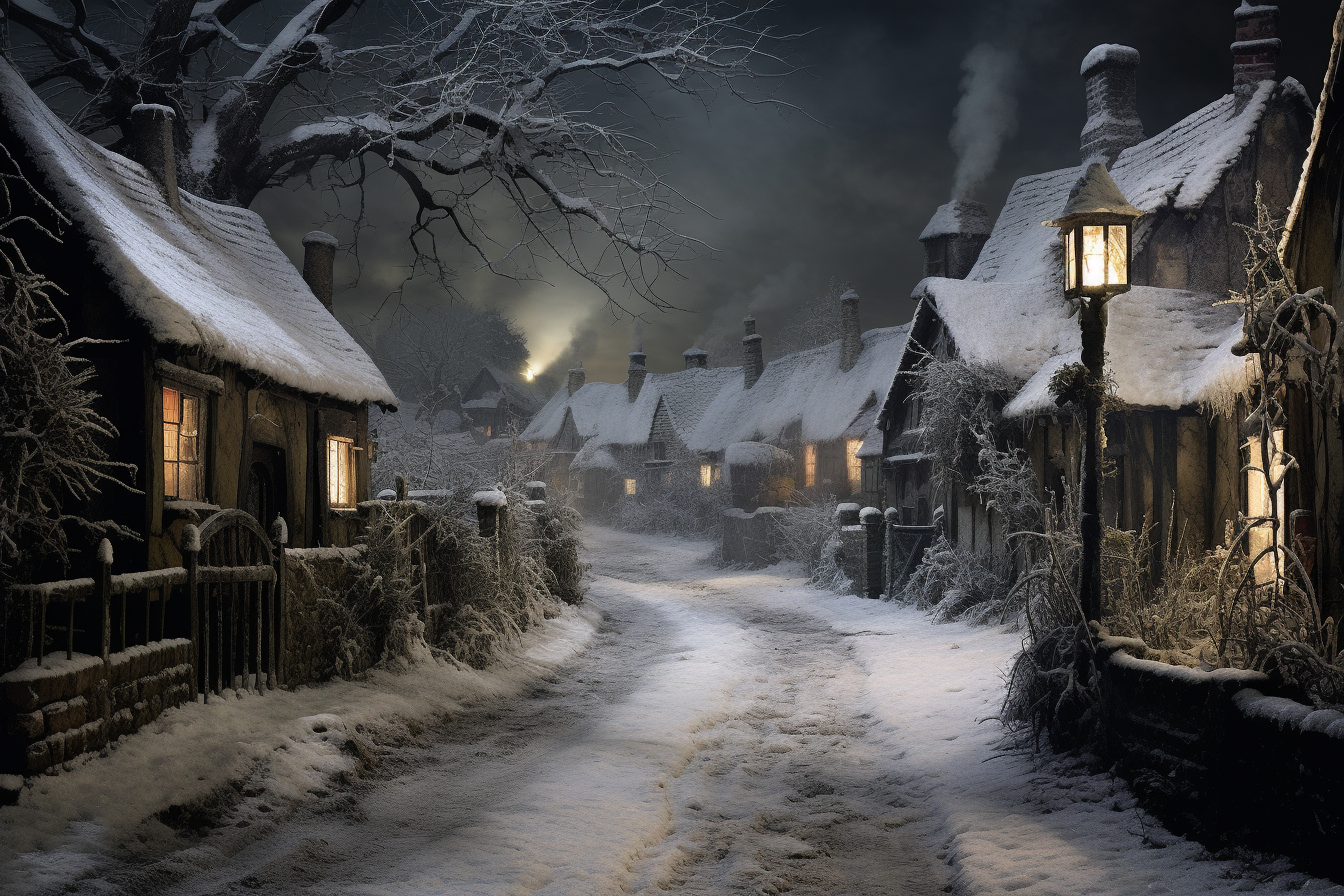Ærra Ġēola
Today’s new moon marks the beginning of the Anglo-Saxon month of Ærra Ġēola, a term derived from Old English that translates to “Before Yule.” As I sit down to write this, I look up the precise time of the new moon: December 12th at 10:44 local time. And then I look at the clock on my computer: precisely 10:44AM.
Ærra Ġēola is an ancient Germanic and Anglo-Saxon festival marking the winter solstice, the longest night of the year. Also called Midwinter, this year’s solstice falls on December 21st. It marks the end of the interstitial period between All Hallows and the beginning of the new year.
During Ærra Ġēola, our forebears found solace in the darkness, understanding it as a precursor to the return of light and longer days. The festival symbolizes hope, renewal, and the triumph of life over the harshness of winter. The gathering of communities and families during this time fostered a sense of unity and shared resilience.
Many ancient traditions of old continue in some form today.
Yule Logs
The Yule log, typically a large, specially selected log that is ceremonially burned. This practice is symbolic of the returning sun, and it was believed that keeping the Yule log burning throughout the night would bring warmth, protection, and good fortune to the household.
Feasting and Merriment
Like many festive occasions, Ærra Ġēola involved celebratory feasts where families and communities gathered to share food, drink, and stories. The feasting was not only a celebration of the abundance of the harvest but also a way to strengthen social bonds.
Gift-Giving
The act of gift-giving during this time of year reflects the spirit of generosity and goodwill. These gifts often included handmade items, symbolic tokens, or practical tools to help loved ones through the winter months.
Greenery
Known as “bringing in the green” decorating with evergreen plants such as holly, ivy, and mistletoe were commonly used in homes and ceremonial spaces during Ærra Ġēola. The evergreen color represented life and vitality amidst the dormant winter landscape.
Reflections
The longest night is a good time to reflect on our deep connection to our ancestors, nature, and the year’s seasonal progression. As we navigate the winter solstice, let us draw inspiration from these ancient traditions, finding joy and hope in the knowledge that, just like our forebears, we too will emerge from the darkness into the light.

